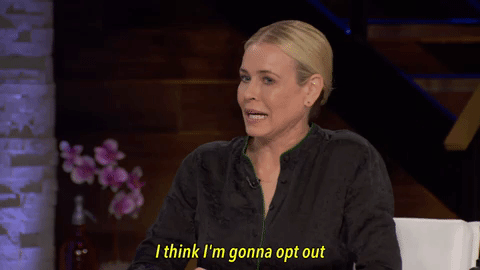7 Ways Recruiting Takes Candidates on an Emotional Rollercoaster
Fun fact: the phrase “emotional rollercoaster” was apparently first coined in an article about job seeking. If you’re a recruiter, that probably doesn’t surprise you.
You routinely make candidates smile, cry, and bite their nails. You inspire hopeful visions of an awesome new career, put applicants on pins and needles as they wait to hear back, give a lucky few their dream jobs, and sadly deliver disappointing news to the rest.
Your job involves navigating an emotional minefield—and you usually don’t have time to tippy-toe through it. Here are 7 ways you make candidates feel—the good and the bad—with handy tips to inspire positive vibes.
1. When the job description is, well, boring
If your job post reads like a laundry list of mechanical skills, vague qualities like “attention to detail,” and meaningless “paradigm-shifting” jargon, it might make great bedtime reading, but you’re not inspiring anyone.
Instead, make the job descriptive vivid by talking about what the person will achieve, rather than a list of skills. You can tweak every single section of your job post to be more engaging and effective.
2. When they apply for a job...and never get a response
Leaving candidates hanging is not cool—many of them are anxiously waiting to hear from you and ghosting makes for a terrible experience that can do a lot of damage. Virgin Media found that poor candidate experiences were costing the company as much as $5 million every year.
Let every candidate know when they don’t make the cut: reject them the right way to stay on good terms.
3. When a candidate gets a personalized, flattering InMail
Want to give candidates that warm, fuzzy feeling? Send a personalized InMail that compliments them on specific professional achievements.
Personalized one-to-one InMails earn an acceptance rate 15% above average. Take a moment to do a little research and call out something positive.
4. And, when they get a generic templated InMail that was sent to 100 candidates at once
You might not think they can tell, but they can tell. Candidates know when you send a bulk message aimed at no one in particular.
Almost half of all InMails are sent in bulk to more than 10 people, but unsurprisingly, they’re not nearly as effective. Acceptance rates for bulk InMails are 15% below average.
5. When they get asked weird interview question, like “would you rather fight one horse-sized duck, or 100 duck-sized horses?”
You already know not to ask illegal interview questions, but you shouldn’t ask weird questions either. You don’t actually learn too much from them, and instead of coming off as quirky and fun, candidates tend to feel alienated and put on-the-spot.
6. When candidates hear about a company’s awesome perks and benefits
Candidates won't likely come to your company solely for benefits, but it can be a great draw if they’re on the fence. Millennials in particular love perks like flextime, remote work, and student loan reimbursement. If you offer more than the standard package, don’t be afraid to flaunt it—it’s a great way to surprise and impress candidates.
7. When they finally get the offer they’ve been hoping for
Recruiters have to reject—a lot—but you also get to make people ridiculously happy. For candidates, getting their dream job is a huge moment, one they’ll be sharing with friends and family the minute you hang up the phone.
And, we you do have to tell a candidate they didn’t get the gig, it’s important to do it the best way possible—with respect, empathy, and feedback. While candidates won’t be happy to hear a rejection, you can still turn it into a less-brutal, bittersweet experience. Plus, a good experience means they are more likely to recommend you and apply for a role that could be a great fit in the future.
Recruiters wield a ton of emotional power—treat candidates with respect, humility, and good humor to inspire more positive reactions and fewer eye rolls.
To receive blog posts like this one straight in your inbox, subscribe to the blog newsletter.
Topics: Candidate experience
Related articles










